You have no items in your shopping cart.
Post Requirement
There are many types of special concretes that have been evolved for multiple types of works. The principal special concretes used for structural works are discussed briefly below:
Fibre Reinforced Concrete (FRC)
In this type of concrete, various fibres of very small diameters up to 10 to 20 microns and short lengths of 10 to 50 mm are added. The fibres may be steel, polymer, glass (as it reacts with cement, proper care should be taken while using them), carbon and natural fibres like coconut fibre.
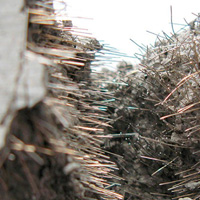
This concrete material possesses high tensile strength, resilience, flexibility and other qualities. These are used in structures where increased resistance to cracking is needed such as overlays for pavements in airports, bridges and industrial floors.
Light-Weight Concrete
This concrete is generally made from light-weight aggregates like expanded shale, foamed slag etc. These aggregates are prepared artificially from special clays which expand and become light in weight when heated to 1000 - 1200°C bloats.
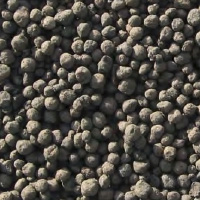
Brickbat concrete is also a sort of light-weight concrete, which is used for filling-concrete in bathrooms, terraces, etc.
Fly ash Concrete
Concrete using fly ash is called fly ash concrete. Fly ash obtained from lignite is superior to that obtained from coals. It is used to replace cement or the fine aggregate or to replace partially both, that is up to 20 per cent is cement, and up to 30 per cent is fine aggregates.
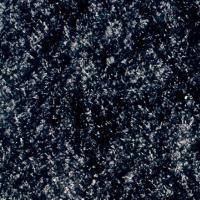
The addition of fly ash improves the impermeability, corrosion resistance and sulphate resistance of concrete. It is necessary to use fly ash according to IS specifications in making the concrete, and it is important to make sure that the fly ash added to cement should be finer than cement particles.
High Strength - High Performance Concrete
High strength concrete is concrete with strength more than 40 N/mm². High-performance concrete is defined as the concrete with special performances that cannot be achieved by normal concrete such as high strength, low shrinkage, self-compaction, high fire resistance, etc.
High-performance concrete is concrete with strength over 80N/mm². The materials used for this type of concretes are cement, coarse and fine aggregates of the required quality, water, supplementary cementing materials like silica fume, flyash, blast furnace slag, and super plasticizers.
Silica Fume Concrete
Silica fume is very finely divided silica, which is added to concrete called "silica fume concrete". Silica fumes comprise very fine particles with a specific surface about six times that of cement so that it is very much finer than cement particles.
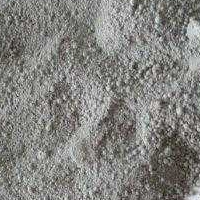
The normal concrete with normal water-cement ratio always has micro pores, which limits the strength of concrete. But it has been found that if we mix silica fumes with concrete results in high strength concrete.
Polymer Concrete
In normal concrete, we have seen that the water-cement ratio has micro pores cannot be avoided. Polymerization is the technique that has been developed recently to reduce the porosity of the concrete, to improve its strength and other properties.
The following four types of polymer concrete materials are available in the market at present and are defined briefly below:
Polymer impregnated concrete (PIC): This type of concrete is ordinary-cured concrete which gets dried in the oven, and the air in open cells is removed by vacuum. A low viscosity monomer is impregnated into these pores which are then polymerized by application of heat or chemical process.
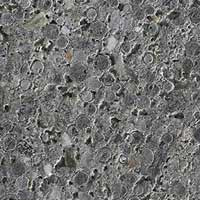
Polymer Portland cement concrete (PPCC): This type of concrete is obtained by mixing a monomer with the mixture of cement, aggregate and water. This product is not as strong as the impregnated-type.
Polymer concrete: Polymer concrete is an aggregate bound with polymer instead of cement, which is not a true concrete according to civil engineering terminology.
Partially impregnated and surface coated concrete: This type of concrete is partially impregnated with polymer.
All these materials are used in building construction for repairs and also to improve durability.
Ferro Cement
This cement consists of closely spaced wire meshes that are impregnated with a rich mix of cement mortar. The steel content present in this cement is as high as 300 to 500 kg/m³ of mortar. As the material possesses a large percentage of steel, it has high tensile strength and durability.
Pre-packed Concrete
Usually, concrete is prepared by mixing the ingredients. But it is also possible to pack the coarse aggregate in the formwork and then fill the voids with specially prepared cement-sand grout so that it will fill all the voids and form a mass of concrete.
This type of concrete is called pre-packed concrete. This type of concrete is used in special situations such as where complex pipe work has to be buried in the concrete or where reinforcement placing is very complicated.
The main advantage of pre-packed concrete is that it has very little shrinkage like the normally placed concrete.
Check Out: Types of Admixtures in Concrete
Technically Reviewed by Rajesh Pagadala, MS, Founder & CEO - BuildersMart. Written by Vani paspula, Content Manager.
Vani Paspula













